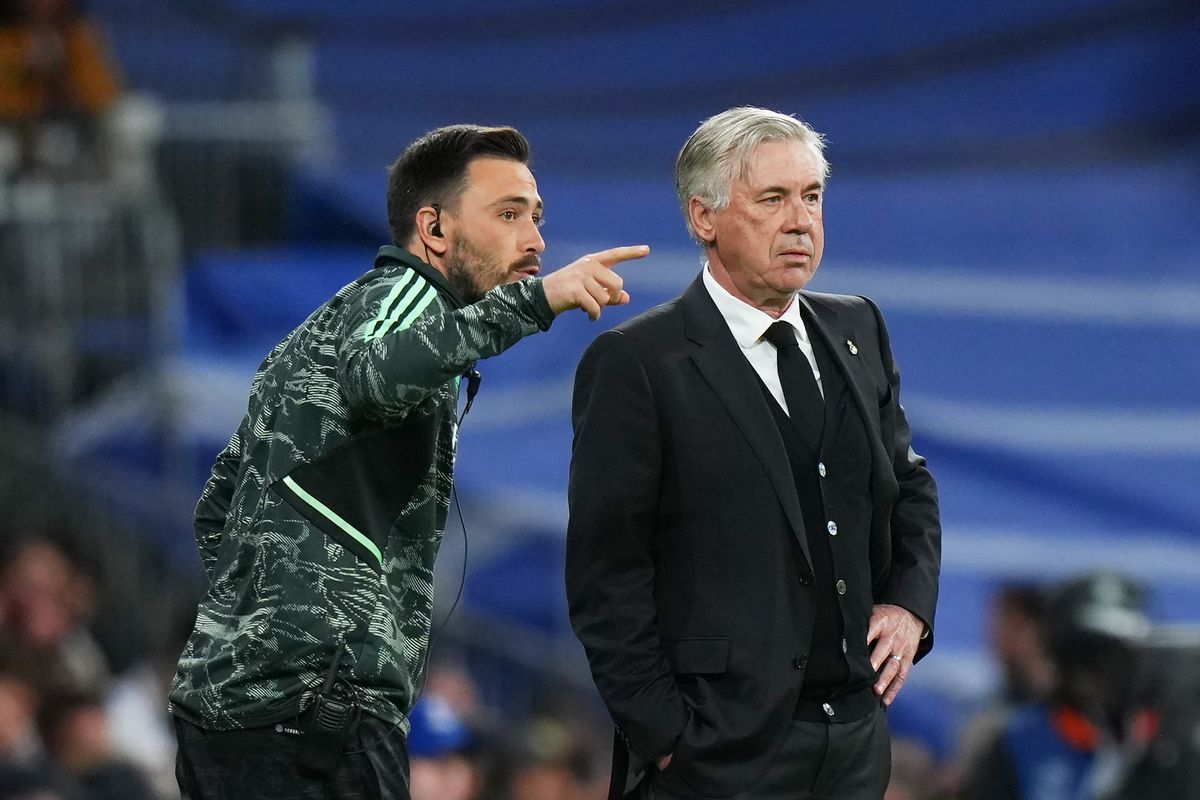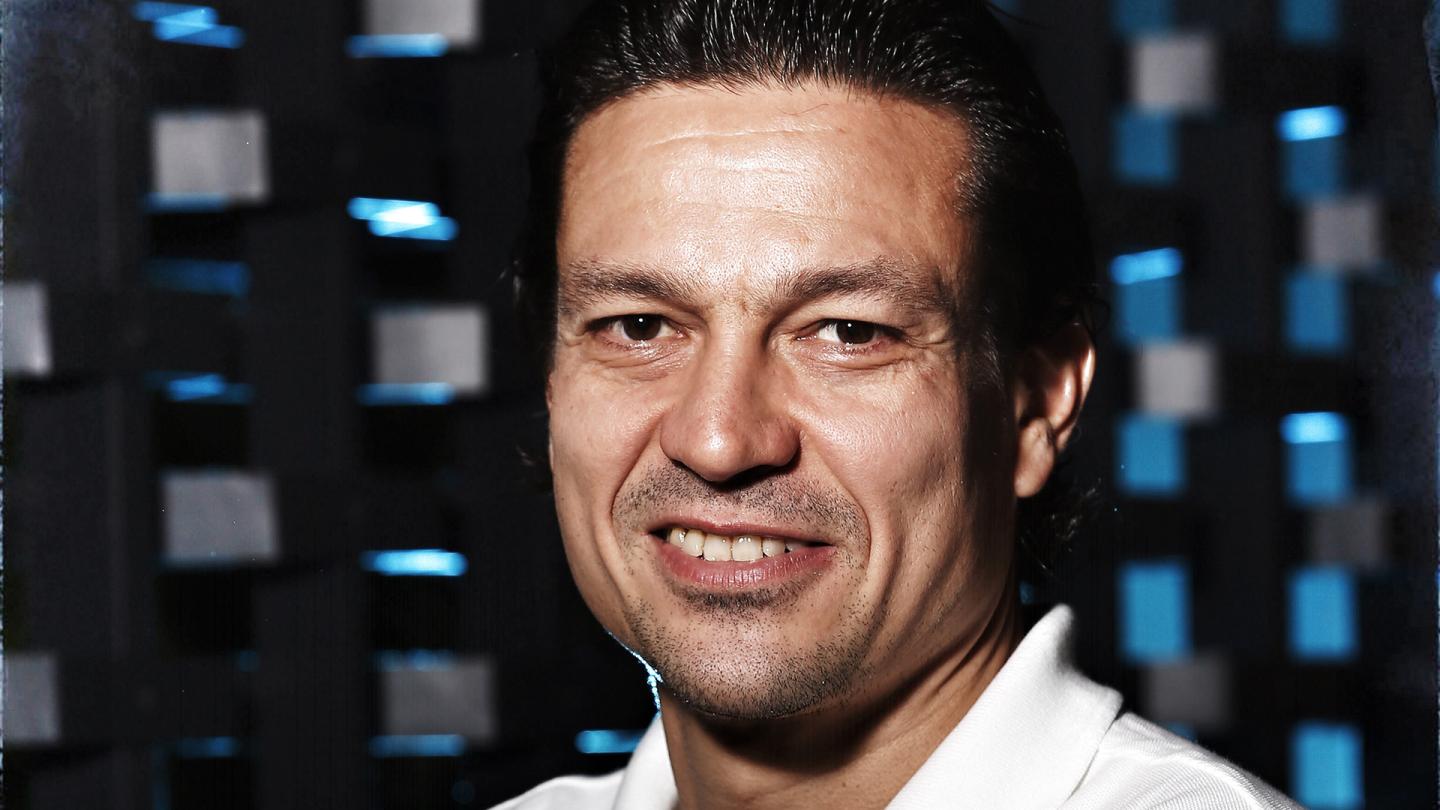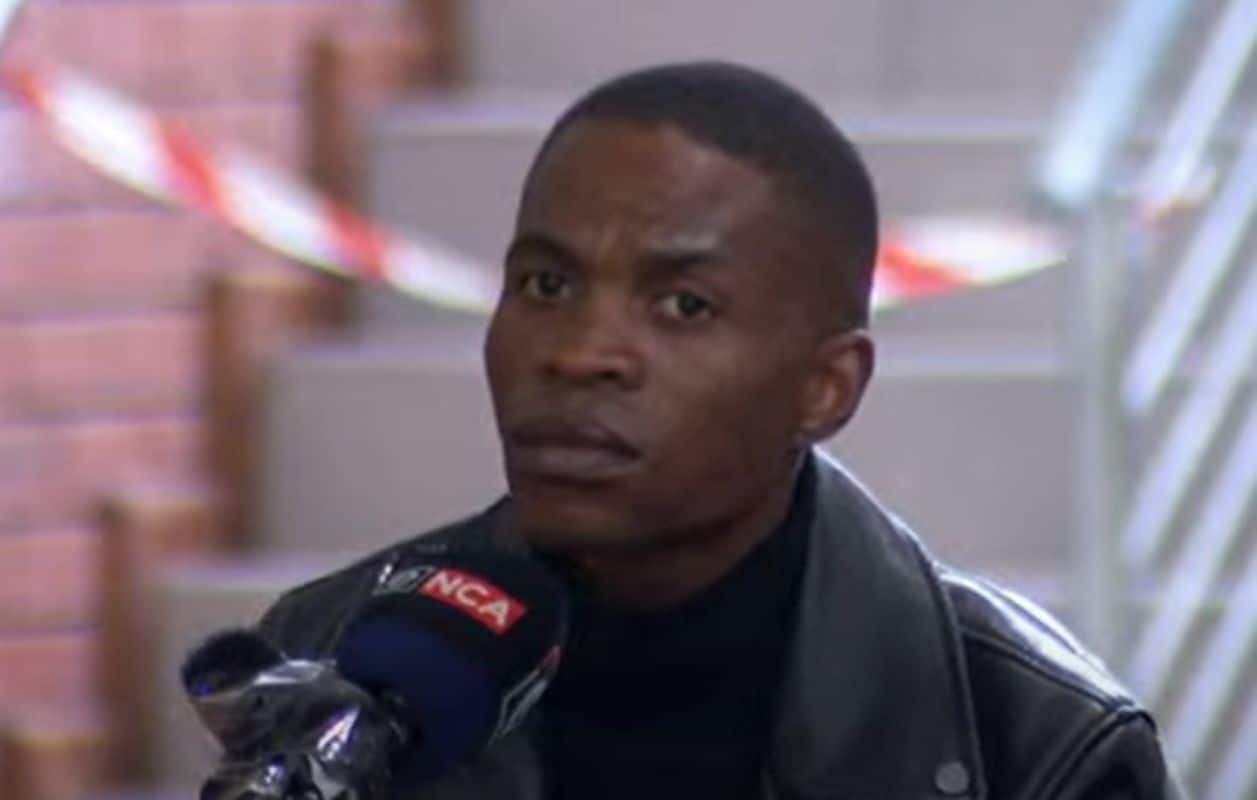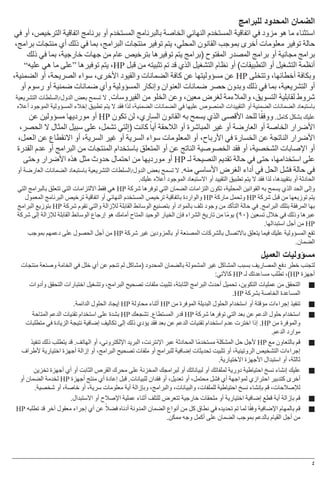Managing Madrid: Comparing The Coaching Styles Of Capello And Ancelotti

Table of Contents
Fabio Capello's Disciplined Approach to Managing Madrid
Authoritarian Leadership and Tactical Rigidity
Capello’s tenure at Real Madrid was defined by his iron-fisted approach. "Capello's management style" was characterized by strict discipline, a rigid tactical structure, and an unwavering focus on results. His training regime was notoriously demanding, prioritizing physical fitness and tactical drills above all else.
- Intense training sessions: Players were pushed to their physical limits, with little room for improvisation or individual expression.
- Unwavering tactical discipline: Deviations from his meticulously planned system were met with swift and decisive action. Players were expected to execute their roles precisely.
- Limited player rotation: Capello often favored a select group of players, showcasing a preference for consistency and familiarity over experimentation.
- Strict adherence to rules: Even minor infractions resulted in punishments, fostering an environment of intense pressure and accountability.
The reactions of players to Capello’s authoritarian style varied. Some thrived under his demanding leadership, finding motivation in his clear expectations and results-oriented approach. Others, however, found his inflexible style stifling and creatively limiting. His "Real Madrid discipline" was undeniably effective in the short term but arguably hindered long-term player development and team morale.
Results-Oriented Focus and Pragmatic Approach
Capello’s primary objective was winning, and he employed a highly pragmatic approach to achieve it. His "results-driven approach" prioritized functional effectiveness over aesthetic flair. He was not afraid to make difficult decisions, even if they were unpopular.
- Winning the Liga title in 2007: This success highlighted the immediate impact of his disciplined approach.
- Pragmatic team selection: He often prioritized defensive solidity and tactical efficiency over individual brilliance.
- Potential for player resentment: The inflexible nature of his system, and his limited rotation, could lead to player discontent.
While Capello's "Real Madrid success" was undeniable in achieving short-term objectives, his lack of flexibility and player-centric approach had limitations. His pragmatic "winning mentality," while effective, often came at a cost.
Carlo Ancelotti's Player-Centric Approach to Managing Madrid
Emphasis on Player Relationships and Team Cohesion
In stark contrast to Capello, Ancelotti fostered a more relaxed and collaborative atmosphere. "Ancelotti's management style" emphasized building strong player relationships and fostering team cohesion.
- Open communication: He encouraged dialogue and feedback, creating a more inclusive environment.
- Individualized approach: He understood the strengths and weaknesses of each player and tailored his coaching accordingly.
- Emphasis on team spirit: Building a cohesive unit was a key priority, focusing on creating a positive and supportive atmosphere.
- Managing egos: Ancelotti successfully navigated the complex dynamics of a star-studded squad, creating a sense of unity and shared purpose.
His focus on "player relationships" and "motivational leadership" created a positive and engaging environment for players, leading to a stronger sense of collective responsibility and significantly contributing to "team cohesion."
Tactical Flexibility and Adaptability
Ancelotti's tactical approach was far more fluid and adaptable than Capello’s. He demonstrated a remarkable ability to adjust his strategies based on opponents, game situations, and player form.
- Tactical variations: He skillfully employed different formations and approaches based on the context of the match.
- In-game adjustments: He was quick to adapt his tactics in response to changing circumstances on the pitch.
- Player empowerment: He gave players the freedom to express themselves within the framework of his system.
- Decisiveness: He made important strategic changes at opportune moments during matches.
This "tactical flexibility" allowed him to overcome challenges and unlock the full potential of his squad. His "adaptable strategy" in "game management" made him highly successful in various competitions. While this flexibility presented potential drawbacks in consistency, it ultimately offered the team remarkable resilience and versatility.
A Comparative Analysis: Capello vs. Ancelotti at Managing Madrid
| Feature | Fabio Capello | Carlo Ancelotti |
|---|---|---|
| Leadership Style | Authoritarian, demanding, results-oriented | Collaborative, relaxed, player-centric |
| Tactical Approach | Rigid, disciplined, pragmatic | Flexible, adaptable, fluid |
| Player Management | Strict, less emphasis on individual needs | Open communication, personalized approach |
| Team Dynamics | Potentially tense, focus on individual roles | Strong team spirit, collective responsibility |
| Successes | Immediate results, league titles | Long-term success, Champions League triumph |
While both managers achieved significant success at Real Madrid, their approaches differed markedly. Capello’s "Real Madrid comparison" shows a more immediate impact due to his disciplined methodology. Ancelotti’s "coaching styles comparison" reveals a more holistic and sustainable approach. The question of which style is "better" is ultimately subjective, influenced by factors beyond the coach’s control. Capello’s success was more short-term; Ancelotti achieved a sustained and remarkable level of success, particularly his Champions League victory.
Conclusion: Understanding the Nuances of Managing Madrid
The contrasting managerial styles of Capello and Ancelotti illuminate the complexities inherent in "Managing Madrid." Capello's rigid discipline yielded immediate results but potentially at the cost of long-term player development and team harmony. Ancelotti's collaborative and adaptable approach fostered a stronger team spirit, but potentially at the cost of short-term consistency. Ultimately, the "best" approach depends on a multitude of factors, including the specific squad, the competitive landscape, and the club's overall objectives. Share your thoughts – which approach resonates more with you, and how would you manage Real Madrid? Let's continue the discussion on "Real Madrid management" and the legacy of these two great coaches. Perhaps you'd like to explore related articles on our site dedicated to the history of coaching Real Madrid?

Featured Posts
-
 Liverpool Legends Squad Confirmed For Anfield Charity Match
May 29, 2025
Liverpool Legends Squad Confirmed For Anfield Charity Match
May 29, 2025 -
 Dissecting Eric Damaseaus You Tube Presence Anti Lgbt Rhetoric
May 29, 2025
Dissecting Eric Damaseaus You Tube Presence Anti Lgbt Rhetoric
May 29, 2025 -
 Joshlin Smith Trial Update Prosecution Expected To Rest
May 29, 2025
Joshlin Smith Trial Update Prosecution Expected To Rest
May 29, 2025 -
 Drast En Alensryt Aldmnyt Hqayq Warqam Mn Shyft Alryadyt
May 29, 2025
Drast En Alensryt Aldmnyt Hqayq Warqam Mn Shyft Alryadyt
May 29, 2025 -
 Verkehrsprobleme Am Westcenter Bickendorf Kreuzung Mit Kick
May 29, 2025
Verkehrsprobleme Am Westcenter Bickendorf Kreuzung Mit Kick
May 29, 2025
